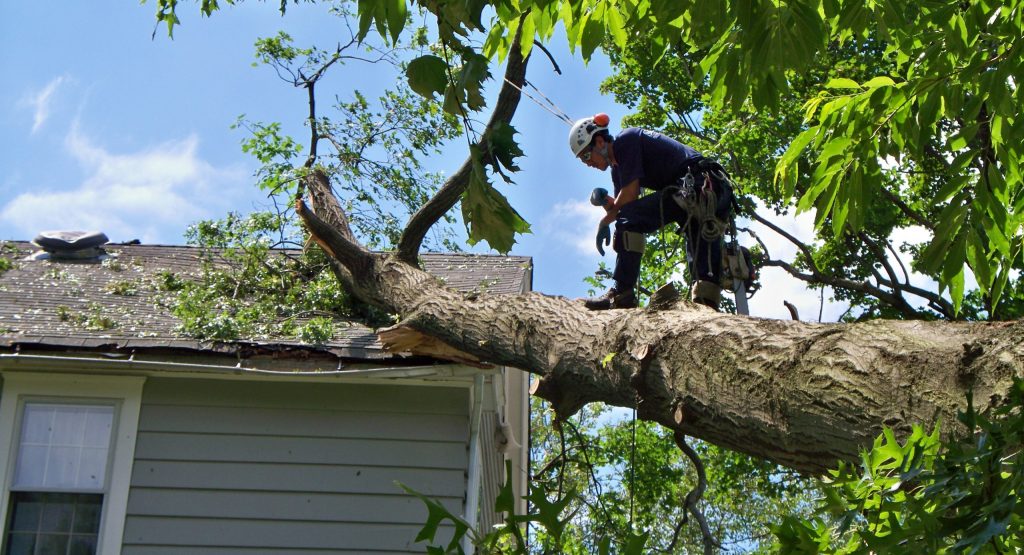Understanding the Importance of Tree Conservation and Preservation Practices in Urban Locations
In the dynamic landscape of urban settings, trees commonly stand as quiet guardians, providing a wide variety of advantages that prolong far beyond their visual charm. Understanding the value of tree preservation and preservation techniques in these areas is not simply an environmental factor to consider however a holistic approach to promoting durable and sustainable communities. As we explore the intertwined material of environmental, social, and economic advantages that metropolitan trees supply, it ends up being apparent that their preservation is critical for the wellness of existing and future generations. Allow us embark on a trip to reveal the essential duty that trees play fit the metropolitan landscapes of tomorrow.
Ecological Benefits of Trees in Cities
Trees in metropolitan locations play a vital role in supplying numerous environmental benefits, contributing to the overall well-being of city residents. This procedure aids lower the concentration of harmful gases, making the air cleanser and much healthier for citizens.

Additionally, trees contribute to water monitoring by decreasing stormwater overflow and soil erosion. Overall, the ecological advantages of trees in cities are crucial for developing comfortable and lasting city atmospheres.
Social Value of Urban Tree Preservation
In contemporary city landscapes, the conservation of trees holds significant social importance for fostering community wellness and improving top quality of life. Urban tree conservation plays a vital role in creating spaces for social interaction and community engagement. Trees offer meeting place for people, such as parks and eco-friendly locations, where communities can integrate for recreational activities, get-togethers, and leisurely strolls. The presence of trees in urban setups has actually been connected to decreased levels of tension, enhanced mental health, and increased feelings of wellness among locals. Furthermore, trees add to the aesthetic appeals of neighborhoods, developing aesthetically attractive environments that improve the general livability of urban areas.

Economic Worth of Tree Conservation
The preservation and conservation of city trees supply significant financial advantages that add to the general economic health of cities and neighborhoods. Urban trees provide a wide variety of financial benefits that favorably affect local economic situations.
Additionally, trees play a crucial role in decreasing stormwater drainage and mitigating the impacts of flooding, which can result in cost financial savings for cities in regards to framework upkeep and fixing. Urban trees additionally add to improved air quality by absorbing toxins and releasing oxygen, bring about possible financial savings in medical care expenses associated with breathing diseases. By investing and acknowledging in the economic value of tree preservation, cities can advertise lasting development, boost lifestyle, and develop more resistant city environments.
Strategies for Sustainable Urban Tree Management
A thorough strategy to sustainable metropolitan tree administration involves incorporating varied strategies that prioritize long-term environmental health and wellness and neighborhood health. Carrying out tree inventories and analyses is crucial to recognize urban tree populaces, their wellness, and maintenance demands. Regular trimming, watering, and mulching are essential methods to ensure tree vigor. In addition, adopting tree growing programs that concentrate on native and climate-resilient varieties can improve city biodiversity and sustainability.
Neighborhood engagement plays an essential role in lasting city tree management. Educating locals regarding the advantages of trees, arranging tree growing events, and including volunteers in tree treatment activities fosters anonymous a feeling of ownership and stewardship. Partnership in between city government, environmental organizations, and locals is essential to establishing and carrying out efficient tree administration plans.
Buying eco-friendly facilities, such as metropolitan forests and green roofs, can provide several advantages, including enhanced air high quality, stormwater management, and urban warmth island reduction. tree removal. Incorporating trees right into metropolitan planning and layout processes ensures that trees are valued as vital components of a healthy and resistant city atmosphere
Community Participation in Tree Preservation
Community participation is a basic element in fostering sustainable city tree monitoring practices and ensuring the lasting wellness and preservation of metropolitan tree populaces. Engaging the community in tree conservation efforts can cause raised recognition, appreciation, and stewardship of trees within urban locations. When locals proactively join tree upkeep, conservation, and planting initiatives, they develop a feeling of possession and pride in their neighborhood environment.
Community participation additionally promotes social cohesion and cooperation amongst citizens, regional authorities, and environmental organizations, cultivating a common responsibility for metropolitan tree preservation. By organizing official source tree planting occasions, educational workshops, and volunteer chances, neighborhoods can function together to improve the city tree canopy and produce greener, healthier cities.
Final Thought
To conclude, urban tree conservation and preservation practices play a vital function in improving the ecological, social, and financial well-being of cities. By acknowledging the worth of trees in urban areas and carrying out lasting management approaches, areas can appreciate the countless advantages that trees give. It is imperative for stakeholders to proactively take part in tree preservation efforts to make certain a greener and much healthier city atmosphere for future and present generations.